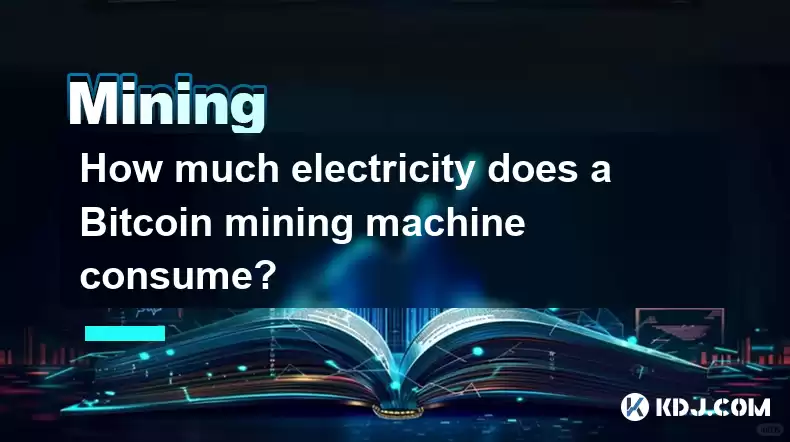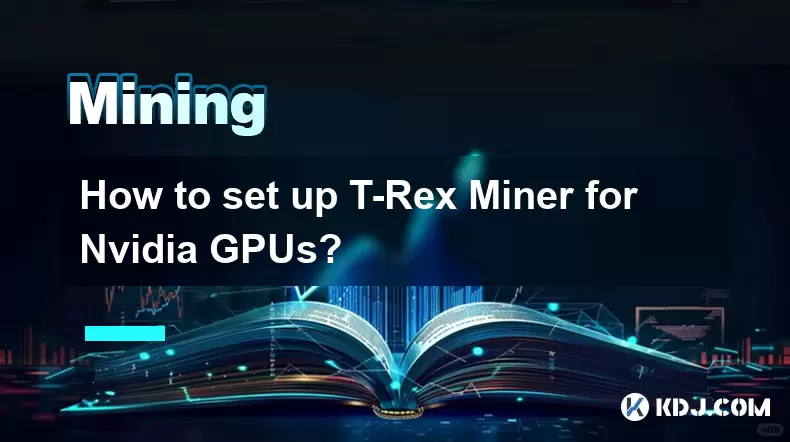-
 Bitcoin
Bitcoin $117700
-1.00% -
 Ethereum
Ethereum $4458
-3.91% -
 XRP
XRP $3.119
0.14% -
 Tether USDt
Tether USDt $1.001
-0.02% -
 BNB
BNB $836.6
-1.56% -
 Solana
Solana $189.5
-3.90% -
 USDC
USDC $0.9998
-0.02% -
 Dogecoin
Dogecoin $0.2335
1.29% -
 Cardano
Cardano $0.9642
1.51% -
 TRON
TRON $0.3539
-1.19% -
 Hyperliquid
Hyperliquid $47.41
-1.84% -
 Chainlink
Chainlink $21.92
-3.28% -
 Stellar
Stellar $0.4286
-0.23% -
 Sui
Sui $3.724
-3.29% -
 Bitcoin Cash
Bitcoin Cash $594.8
-0.78% -
 Ethena USDe
Ethena USDe $1.001
0.04% -
 Hedera
Hedera $0.2501
-2.06% -
 Avalanche
Avalanche $23.96
-4.87% -
 Litecoin
Litecoin $119.0
-2.32% -
 Toncoin
Toncoin $3.473
0.82% -
 UNUS SED LEO
UNUS SED LEO $9.596
0.17% -
 Shiba Inu
Shiba Inu $0.00001301
-0.39% -
 Uniswap
Uniswap $11.03
-0.25% -
 Polkadot
Polkadot $3.935
-2.62% -
 Dai
Dai $1.000
0.01% -
 Bitget Token
Bitget Token $4.564
-1.76% -
 Cronos
Cronos $0.1512
-4.11% -
 Ethena
Ethena $0.7306
-1.09% -
 Pepe
Pepe $0.00001087
-2.68% -
 Aave
Aave $300.2
-4.00%
How much electricity does a Bitcoin mining machine consume?
Sustainable Bitcoin mining practices, like utilizing renewable energy and optimizing hardware efficiency, are gaining traction to minimize environmental impact.
Jan 13, 2025 at 12:52 am

Key Points:
- The energy consumption of Bitcoin mining varies depending on factors such as hardware efficiency and electricity cost.
- The estimated global energy consumption for Bitcoin mining is comparable to that of medium-sized countries.
- Concerns about Bitcoin's environmental impact have led to calls for greater efficiency and renewable energy use in mining operations.
- Sustainable mining practices, such as utilizing renewable energy sources, hosting operations in regions with low-cost electricity, and optimizing hardware efficiency, are becoming increasingly adopted.
Detailed Explanation:
1. Hardware Efficiency and Electricity Consumption
The electricity consumption of a Bitcoin mining machine is primarily determined by its hardware efficiency, measured in hash rate to power ratio. Higher hash rate indicates the machine's ability to solve complex cryptographic equations (hashes) at a faster rate. However, this also results in increased power consumption.
2. Global Energy Consumption of Bitcoin Mining
Estimates vary widely, but the global energy consumption for Bitcoin mining is estimated to be in the range of 75-130 terawatt-hours (TWh) per year. This is comparable to the annual energy consumption of medium-sized countries like Norway or Argentina.
3. Environmental Concerns and Sustainable Practices
The high energy consumption of Bitcoin mining has led to concerns about its environmental impact. Most Bitcoin mining operations utilize non-renewable energy sources, such as coal and fossil fuels, contributing to greenhouse gas emissions.
To address these concerns, sustainable mining practices are becoming increasingly adopted. These practices include:
- Utilizing renewable energy sources: Miners are using solar, hydro, and wind power to reduce their carbon footprint.
- Hosting operations in regions with low-cost electricity: Regions with abundant renewable energy sources and low electricity costs offer attractive locations for mining operations.
- Optimizing hardware efficiency: Hardware manufacturers are developing more energy-efficient mining rigs to reduce electricity consumption.
4. Potential Regulatory Implications
The environmental impact of Bitcoin mining has attracted regulatory scrutiny in some jurisdictions. Potential regulatory measures include:
- Energy consumption limits: Governments may impose energy consumption limits on mining operations to mitigate their environmental impact.
- Carbon taxes: Miners may be charged taxes based on the carbon emissions associated with their operations.
- Renewable energy mandates: Governments may require miners to use a certain percentage of renewable energy sources in their operations.
FAQs:
Q: What factors influence the electricity consumption of a Bitcoin mining machine?
A: The electricity consumption is primarily determined by the hardware's hash rate to power ratio, operating temperature, and ambient temperature.
Q: Why is Bitcoin mining so energy-intensive?
A: Bitcoin mining involves solving complex cryptographic equations using specialized hardware, requiring substantial computational power, which in turn consumes significant amounts of electricity.
Q: What is the estimated global energy consumption for Bitcoin mining?
A: Estimates range from 75-130 TWh per year, comparable to the annual energy consumption of medium-sized countries.
Q: How is the environmental impact of Bitcoin mining being addressed?
A: Sustainable mining practices, such as utilizing renewable energy sources, hosting operations in regions with low-cost electricity, and optimizing hardware efficiency, are becoming increasingly adopted.
- Can Bitcoin mining be done sustainably?
A: Yes, with the adoption of sustainable practices such as utilizing renewable energy sources and optimizing hardware efficiency, Bitcoin mining can minimize its environmental impact.
Q: Are there any potential regulatory implications for the energy consumption of Bitcoin mining?
A: Yes, potential regulatory measures include energy consumption limits, carbon taxes, and renewable energy mandates.
Disclaimer:info@kdj.com
The information provided is not trading advice. kdj.com does not assume any responsibility for any investments made based on the information provided in this article. Cryptocurrencies are highly volatile and it is highly recommended that you invest with caution after thorough research!
If you believe that the content used on this website infringes your copyright, please contact us immediately (info@kdj.com) and we will delete it promptly.
- Kazakhstan's Crypto Leap: Bitcoin ETF and Central Asia's Digital Finance Future
- 2025-08-13 12:45:19
- BlockDAG Presale Blazes Past $371M: Fundraising Frenzy Fuels Crypto Sensation
- 2025-08-13 13:05:21
- Meme Coins: Chasing the 2025 Surge – Which Will Moonshot?
- 2025-08-13 10:25:23
- Bitcoin's Wild Ride: Rally, Pullback, and What's Next
- 2025-08-13 10:25:23
- Bitcoin, Bitmax, and Institutional Demand: A New Era of Crypto Investment
- 2025-08-13 10:45:12
- Solana, ROAM, and Airdrops: What's the Buzz in 2025?
- 2025-08-13 11:35:13
Related knowledge

How to configure Phoenix Miner for AMD GPUs?
Aug 11,2025 at 03:21am
Understanding Phoenix Miner and Its Compatibility with AMD GPUsPhoenix Miner is a lightweight, high-performance Ethereum mining software designed for ...

How to set up T-Rex Miner for Nvidia GPUs?
Aug 10,2025 at 12:07am
Understanding T-Rex Miner and Its Compatibility with Nvidia GPUsT-Rex Miner is a high-performance mining software designed specifically for Nvidia GPU...

What is "proof-of-work" and how does it relate to mining?
Aug 07,2025 at 02:03pm
Understanding the Concept of Proof-of-WorkProof-of-work (PoW) is a consensus mechanism used in blockchain networks to validate transactions and secure...

How to choose a crypto wallet for your mined coins?
Aug 13,2025 at 11:36am
Understanding the Types of Crypto Wallets for Mined CoinsWhen selecting a crypto wallet for your mined coins, the first step is to understand the diff...

What are the differences between mining on Windows vs. Linux?
Aug 06,2025 at 11:29pm
Overview of Cryptocurrency Mining PlatformsCryptocurrency mining involves using computational power to solve complex cryptographic puzzles and validat...

How to use an old computer for cryptocurrency mining?
Aug 07,2025 at 12:42pm
Understanding the Feasibility of Using an Old Computer for MiningUsing an old computer for cryptocurrency mining may seem outdated, but it is still te...

How to configure Phoenix Miner for AMD GPUs?
Aug 11,2025 at 03:21am
Understanding Phoenix Miner and Its Compatibility with AMD GPUsPhoenix Miner is a lightweight, high-performance Ethereum mining software designed for ...

How to set up T-Rex Miner for Nvidia GPUs?
Aug 10,2025 at 12:07am
Understanding T-Rex Miner and Its Compatibility with Nvidia GPUsT-Rex Miner is a high-performance mining software designed specifically for Nvidia GPU...

What is "proof-of-work" and how does it relate to mining?
Aug 07,2025 at 02:03pm
Understanding the Concept of Proof-of-WorkProof-of-work (PoW) is a consensus mechanism used in blockchain networks to validate transactions and secure...

How to choose a crypto wallet for your mined coins?
Aug 13,2025 at 11:36am
Understanding the Types of Crypto Wallets for Mined CoinsWhen selecting a crypto wallet for your mined coins, the first step is to understand the diff...

What are the differences between mining on Windows vs. Linux?
Aug 06,2025 at 11:29pm
Overview of Cryptocurrency Mining PlatformsCryptocurrency mining involves using computational power to solve complex cryptographic puzzles and validat...

How to use an old computer for cryptocurrency mining?
Aug 07,2025 at 12:42pm
Understanding the Feasibility of Using an Old Computer for MiningUsing an old computer for cryptocurrency mining may seem outdated, but it is still te...
See all articles

























































































